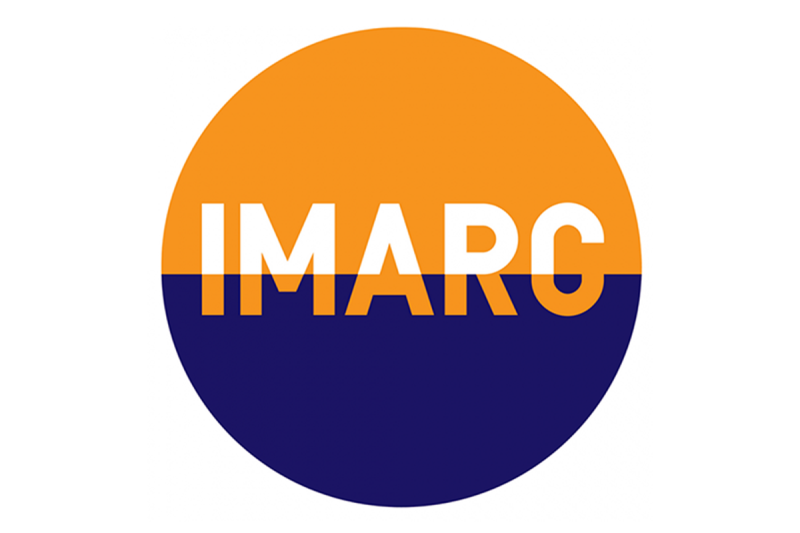As the global demand for critical minerals continues to rise, the need for alternative financing options for critical minerals projects becomes more pronounced. Traditional sources of funding such as bank loans and equity financing may not always be accessible or viable, especially for smaller mining companies looking to develop these projects. In search of alternative financing means exploring innovative and creative solutions to bridge the funding gap and support the sustainable development of critical minerals projects.
One emerging trend in alternative financing for critical minerals projects is the streaming and royalty model. Streaming involves upfront payments to mining companies in exchange for the right to purchase a percentage of future production at a discounted price. This arrangement provides the mining company with much-needed capital without taking on additional debt or diluting existing shareholders. Royalty financing, on the other hand, involves receiving a percentage of revenue from the sale of minerals once production commences. Both streaming and royalty financing can be attractive options for investors seeking exposure to the critical minerals sector without the risks associated with traditional equity investments.
Another innovative financing solution for critical minerals projects is crowdfunding. Crowdfunding platforms can be used to raise funds from a large number of individual investors who are interested in supporting sustainable mining projects. This approach not only provides access to capital but also fosters community engagement and transparency in the project development process. By offering rewards or incentives to backers, mining companies can attract a diverse range of supporters and build a loyal investor base for their projects.
In addition to streaming, royalty financing, and crowdfunding, public-private partnerships (PPPs) are another avenue for securing alternative financing for critical minerals projects. PPPs leverage the resources and expertise of both the public and private sectors to fund and develop mining projects in a collaborative manner. By sharing risks and rewards, governments and private investors can work together to address challenges such as infrastructure development, environmental management, and community engagement. PPPs can help maximize the socio-economic benefits of mining projects while minimizing environmental impacts and ensuring long-term sustainability.
Furthermore, impact investing and green bonds offer potential solutions for financing critical minerals projects with a focus on environmental and social responsibility. Impact investors seek to generate positive social and environmental outcomes alongside financial returns, making them ideal partners for sustainable mining initiatives. Green bonds, which are specifically earmarked for environmentally friendly projects, can provide mining companies with access to capital markets and investors looking to support projects that align with their values and sustainability goals.
In conclusion, the search for alternative financing for critical minerals projects is essential for meeting the growing demand for these strategic resources in a sustainable and responsible manner. By exploring innovative funding models such as streaming, royalty financing, crowdfunding, PPPs, impact investing, and green bonds, mining companies can secure the necessary capital to develop critical minerals projects while addressing environmental, social, and governance considerations. Collaboration between governments, investors, and local communities is key to finding creative solutions that support the long-term viability of the critical minerals sector and ensure a secure and reliable supply of these essential resources for years to come.



























